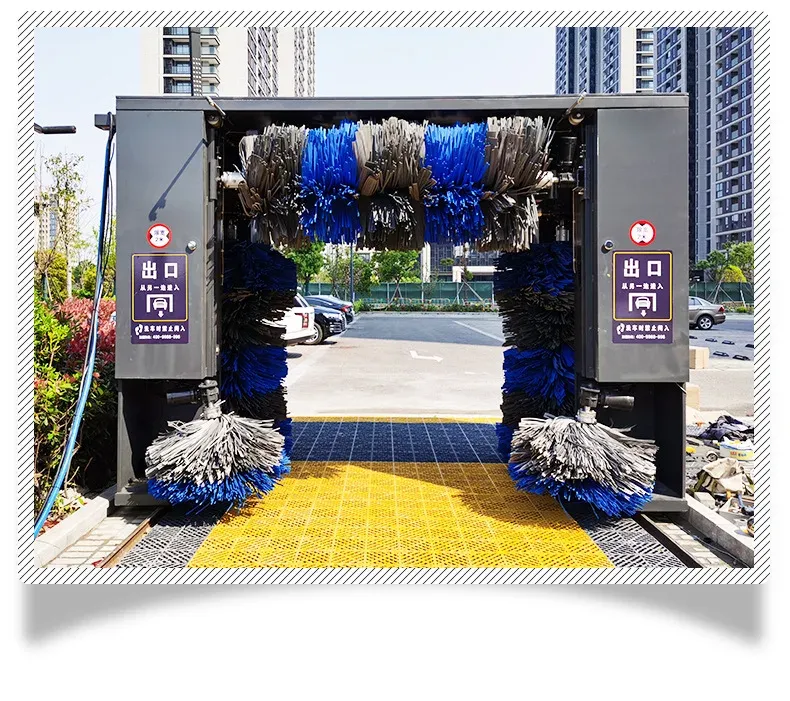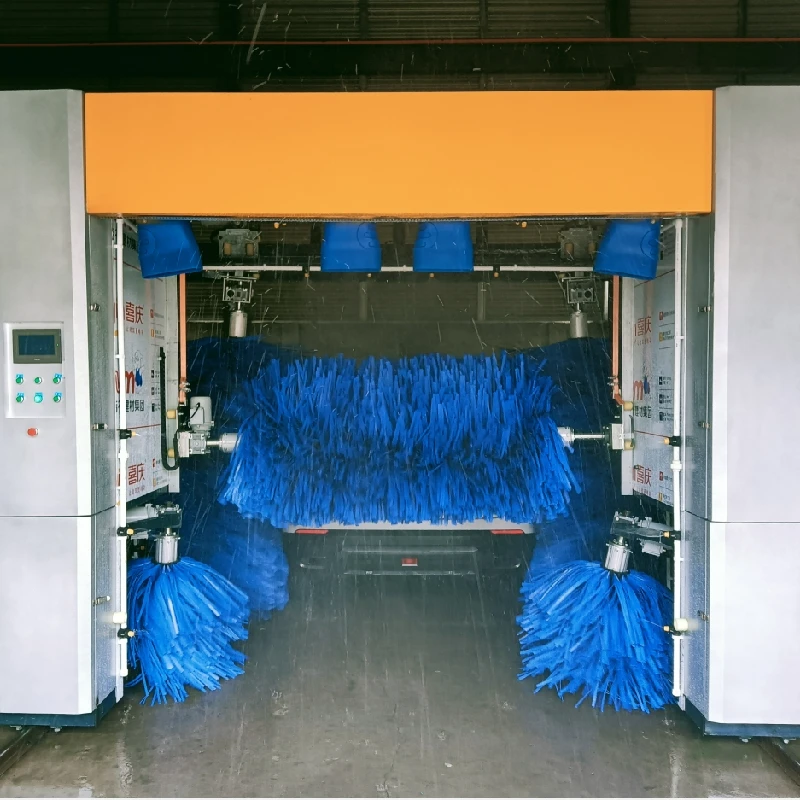use pressure washer on car
The Dos and Don'ts of Using a Pressure Washer on Your Car
Pressure washing is an effective and efficient way to clean various surfaces, and many car owners find it a convenient method to wash their vehicles. However, using a pressure washer on your car can be a double-edged sword if not done correctly. Here are some important tips to consider before you start blasting away with that high-powered machine.
Understanding Your Equipment
First and foremost, it’s crucial to understand the pressure washer you are using. Different models and settings can deliver varying levels of pressure. While it might be tempting to use the highest pressure setting for a quick clean, this could potentially damage your car's paintwork and components. A pressure washer should ideally operate at no more than 1,500 to 2,000 psi (pounds per square inch) for vehicle cleaning. Always refer to your pressure washer’s manual for specific guidelines.
Choosing the Right Nozzle
The nozzle you choose can make a significant difference in how your car is cleaned. Most pressure washers come with multiple nozzle options – from a narrow jet to a wider spray. For washing a car, a wide-angle nozzle (often referred to as a 25 or 40-degree nozzle) is recommended. This gentler spray will help prevent damage to the paint while still providing sufficient pressure to remove dirt and grime.
Pre-Washing Preparation
Before you start pressure washing, it's essential to prepare your car. Remove any loose dirt or debris by rinsing the vehicle thoroughly with water. This step helps avoid scratching the paint as the high-pressure water can fling any loose particles onto the surface. Additionally, make sure to cover sensitive areas, such as the exhaust pipe and electrical components, to protect them from water damage.
use pressure washer on car

The Right Technique Matters
When using a pressure washer, aim the nozzle at a distance of at least 2 feet from your car's surface, and use sweeping motions. Avoid concentrating the spray on one spot for too long, as this can lead to paint damage or even strip the clear coat. It's also advisable to start from the top of the car and work your way downward, allowing dirt and suds to flow downward without getting trapped in crevices.
Use a Soap Solution
Many pressure washers come with a detergent tank, or you can apply a soap solution using a foam cannon for a thick layer of suds. This helps loosen dirt and grime significantly more than water alone. Always use a pH-balanced car wash soap specially designed for automotive finishes, as harsh chemicals can damage the paint.
Rinse and Dry
After scrubbing and rinsing your vehicle with the pressure washer, it’s crucial to dry the surface. Leaving water spots can lead to mineral deposits on your car’s paint. Use a soft microfiber towel or a chamois to absorb excess water without scratching the surface.
Final Thoughts
While a pressure washer can be a valuable tool for maintaining your vehicle's cleanliness, caution is paramount. By understanding your equipment, using the right techniques, and taking necessary precautions, you can effectively clean your car without causing damage. Regular maintenance not only keeps your car looking great but also helps preserve its value over time. Happy washing!




